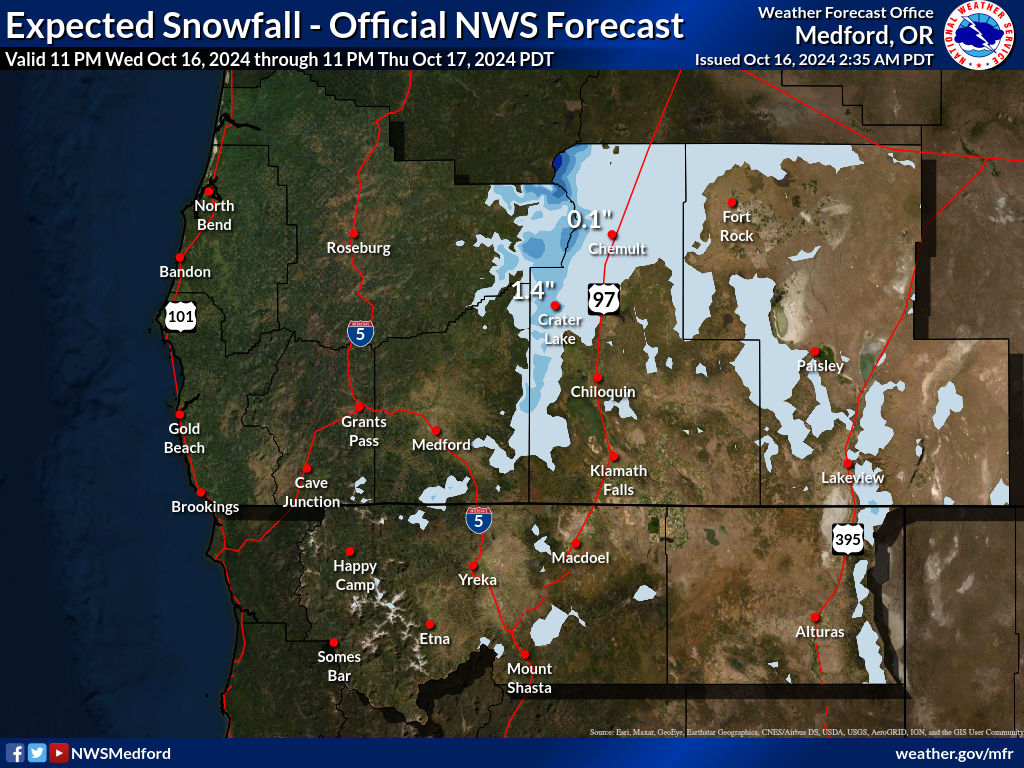
As we head into the colder months, meteorologists are seeing clear signals that the 2024-2025 winter will be heavily influenced by La Niña, bringing a complex blend of conditions across the U.S. and Europe. La Niña winters are known for cooler ocean temperatures in the tropical Pacific, which shift global weather patterns, often pushing colder air and precipitation to some areas while leaving others warmer and drier.
What to Expect Across the U.S.
The Pacific Northwest and parts of the northern U.S. are predicted to receive above-average snowfall and cold air due to a favorable jet stream path, which directs moisture into these regions. Washington, Oregon, Idaho, and parts of Montana could see strong early snow, making for an excellent start to the ski season. By contrast, areas in the southern U.S.—including Arizona, southern California, and New Mexico—will likely experience warmer and drier conditions, typical during La Niña events.
The Northeast and Great Lakes region are expected to experience above-average precipitation, possibly leading to heavy snow accumulation. However, temperatures in these areas may remain warmer than average, creating mixed conditions that could include rain and ice storms along with snow【6】【7】.
European Outlook: A Warmer but Dry Winter?
In Europe, the forecast indicates that high-pressure systems will dominate much of the continent, resulting in a relatively warm winter. While northern areas like Scandinavia may see some snowfall due to low-pressure influences, much of western and southern Europe, including Spain and France, is expected to remain dry with below-average precipitation. This warm and dry trend aligns with La Niña patterns, which push colder air masses away from Europe and into northern regions like Greenland and the Arctic Circle【7】.
Snow and Precipitation Patterns
NOAA’s latest precipitation outlook suggests that parts of Michigan, the Northeast, and Maine could experience significant snowfall, particularly in the second half of winter. In the Pacific Northwest, snowfall is expected to be plentiful, which is great news for ski resorts like Mt. Baker and Stevens Pass. However, southern Alaska may see drier-than-average conditions early in the season【6】【7】.
A shift in snowfall patterns is also noticeable toward the Midwest and Northern Rockies by January 2025. This forecast offers hope for skiers in regions like Utah, Wyoming, and Montana, which could see more consistent snowfall as the season progresses.
Internal and External Links for More Insights
To stay updated on winter weather trends, forecasts, and breaking weather alerts, visit Newsify’s Weather Section. Additionally, for more in-depth weather reports and real-time data from authoritative sources, you can explore NOAA’s climate predictions page or Severe Weather Europe’s forecast updates.









Leave a Reply